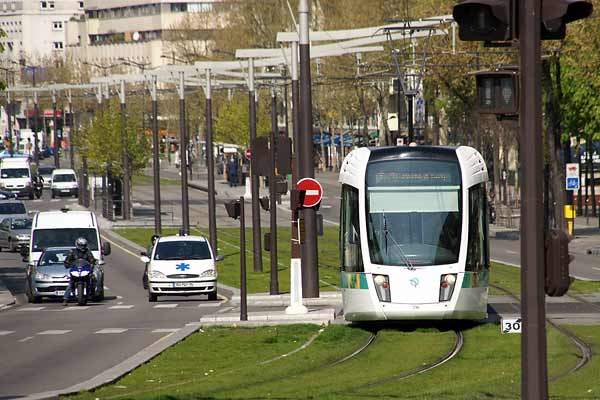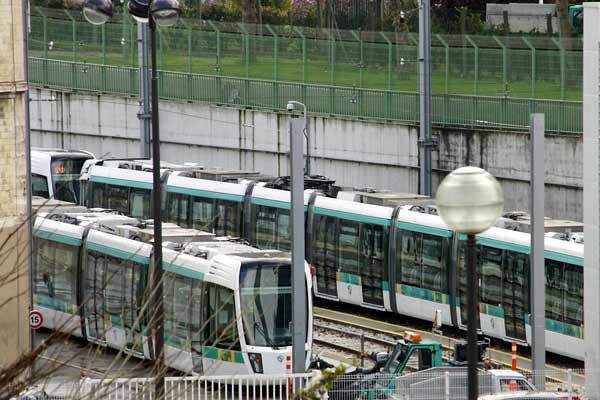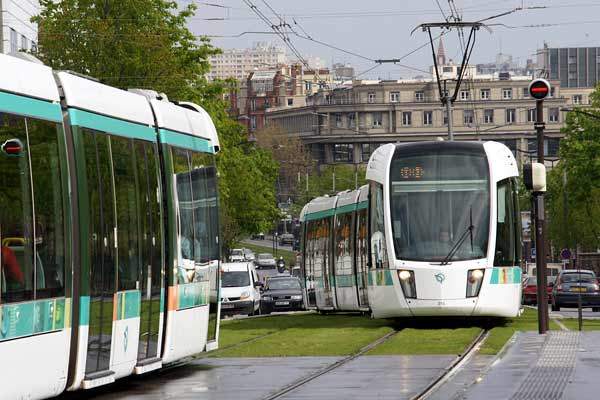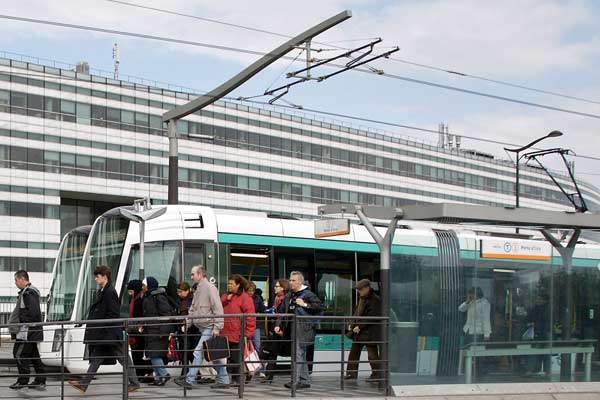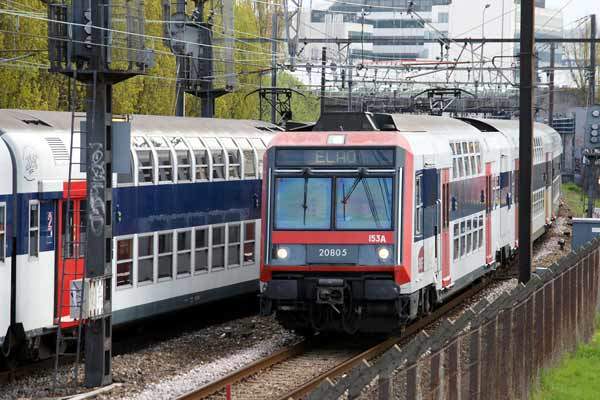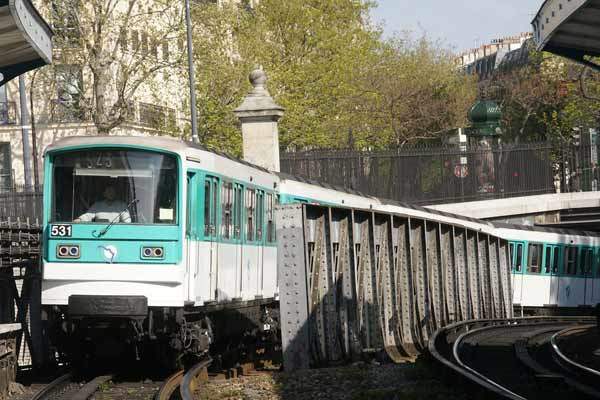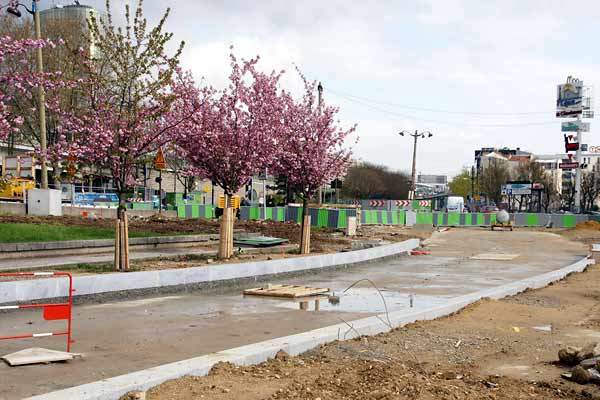The third Paris tram line (T3) is more than just a continuation of readoption of light rail in the French capital. This began with the first phase of T1 in the northern suburbs in 1992. Like the ensuing railway-based T2 that shadows a Seine meander to the west, T1 was not within in the city boundaries of Paris, albeit well within the conurbation of France’s largest metropolitan area.
The significance of T3 is not just that it is within the city proper, more that its installation required a greater commitment to the mode in a bold and expensive reworking of a vital road artery. This in parts runs through prime residential areas as opposed to run-down zones for which a modern tramway is often used as a lifeline to revive local economies and prevent further dereliction.
T3 indicated a willingness to reintroduce street running trams into an intensively developed cityscape, which more commonly sees their replacement by road vehicles or supplanting by sub-surface metros. Another aspect of T3 is that it appears destined to become part of an arc of light rail from south-west to north-east Paris.
The project
Termed ‘Tramway des Maréchaux’ due to its route along wide boulevards named after military marshals, T3 is part of the long-term strategy for public transport resulting from key planning documents relating to city and region, Le Schéma Directeur Régional (SDRIF), Contrat de Plan Etat-Région (CPER) and Le Plan de Déplacements Urbains (PDU). Relating to a 25-year period, the SDRIF expresses a priority for public
transport and identifies the importance of inter-suburban links, a marked departure from the forces that created a dominant radial rail pattern.
The PDU for the Ile de Paris region required a 5% road traffic reduction for the city, an aspect evident from the T3 alignment created mainly between the road carriageways, from which one lane in each direction was taken. The project was publically funded by national, city and regional bodies and is operated within the public sector by Paris transport operator RATP.
Infrastructure
The 7.9km (4.9 mile) 1,435mm twin-track route largely follows a series of boulevards just within the Périphérique urban motorway ring. There are 17 surface-level stops spaced at approximately 450m intervals. Cross-overs at T3 termini are used to allow for designated arrival and departure platforms. Relatively close to central Paris, T3 intersects with mainly of the pre-existing radial rail routes, creating seven Metro and two RER (cross-city suburban heavy rail) interchanges.
A showpiece project to extend the ambience of prosperous districts on parts of the route, there has been extensive tree planting. Over three quarters of the distance is grassed tracks and specially designed overhead line supports incorporate lighting. This is all part of a policy of decluttering the streets and restricting obstacles to access. In contrast with difficulties in this respect on much of the Paris Metro, tram passengers have level access from low platforms approachable by ramps.
Rolling stock
T3 uses a common fleet of 21 Alstom Citadis 402 bi-directional trams, seven-module formations of the 100% low-floor type that dominates modern French systems. Wider bodied and longer than the T2 fleet, the air-conditioned units can accommodate 304 passengers, 78 seated. A spur from near the penultimate western stop Balard gives access to the single depot.
Signalling and communications
With many controlled road crossings causing interruptions to tram progress along the route, the average speed of trams covering T3 is targeted by RATP at a modest 20km/h. Well within the capability of the rolling stock, it is nevertheless above that of the buses that the trams replaced. All stops and trams are fitted with visual displays of service information. Paris tramways are integral with the RATP cross-mode ticketing system.
The future
Proving the format’s success, passenger levels on T3 have been well in excess of target, with a daily peak of 120,000 recorded in connection with attendance of events.
Paris will gain its first interchange between tram routes when the 2.3km T2 extension from Issy Val de Seine to T3 at Porte de Versailles (also a Metro station) opens in 2009. Under the CPER relating to 2007–2013, there is an expectation of an additional 50km (31 miles) of tramroute.
Thought to have fallen in significance as it related to the eventually unsuccessful Paris 2012 Olympics bid, an approximate 1.5km (1 mile) westward extension would take T3 across the Seine from the present Pont du Garigliano terminus to Porte d’Auteuil, a Line 10 Metro station.
Indicating the long-term commitment to street-running trams, the more significant development is the proposed 14km (8.7 mile) continuation from the eastern Porte d’Ivry terminus.
Crossing the Seine then curving north the northern Metro Line 12 terminus Porte de la Chapelle, this 25-stop extension interchanging with 15 RER or Metro lines would, with the present T3, complete around a half of a long-term expected orbital Paris tram route.

